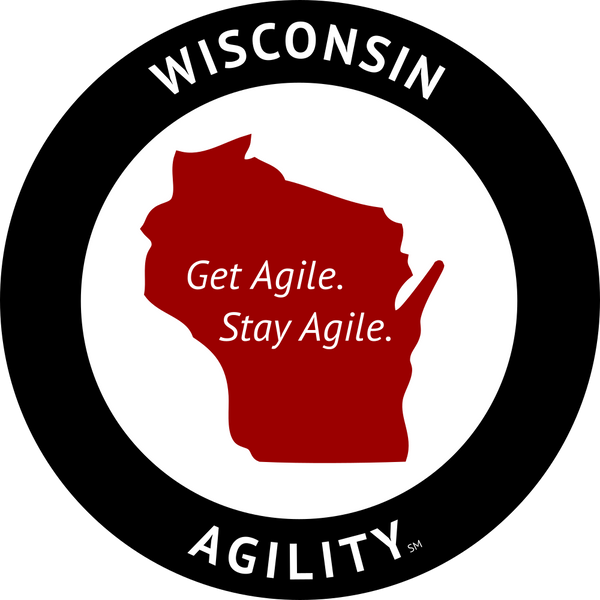From Specialization to Cross-Functional Teams: The Path to Agility
Chad Beier and Jeff BubolzShare
In the journey to becoming truly agile, many organizations find themselves bogged down by inefficiencies and dependencies that prevent them from being responsive and adaptive. Specialization, while valuable in certain contexts, can often lead to a web of dependencies that slows down progress and requires extensive management oversight. To overcome these challenges, organizations need to embrace a different structure—one that is built around cross-functional teams.

The Problem with Specialization
Organizations that focus heavily on specialization tend to create silos, where each team or department is responsible for a narrow set of tasks. While this may seem efficient, it often results in a situation where more people are managing the work between teams than actually doing the work. It's akin to the old joke about government inefficiency, where two supervisors oversee one person digging a hole. This is not only inefficient but also detrimental to the overall agility of the organization.
The Solution: Cross-Functional Teams
The solution to this problem lies in restructuring teams to be cross-functional. A cross-functional team is one that includes all the skills needed to deliver a product or service from concept to cash. By bringing together people from different disciplines into one team, you eliminate the need for handoffs between teams and reduce the friction that often occurs when work crosses team boundaries.
With cross-functional teams, the focus shifts from managing dependencies to getting things done. These teams are autonomous and have the ability to deliver value independently, without relying on other teams. This structure not only speeds up delivery but also enhances the quality of the work being done.
The Importance of Broad Product Definitions
One reason organizations struggle to implement cross-functional teams is that their product definitions are too narrow. When product definitions are too limited, it becomes difficult to align teams around them, leading to the creation of specialized component teams with dependencies on one another. (see this post for more details)
However, even with a broad product definition, organizations must take the next step by changing their team structure. Teams need to be truly cross-functional, with the ability to work independently and adapt to changing circumstances. Imagine a scenario where two teams go on a two-month vacation. If the remaining teams can continue working without any gaps, then you’ve achieved a level of autonomy and resilience that is key to operational agility.
The Benefits of Cross-Functional Teams
One of the primary benefits of cross-functional teams is that knowledge transfer and improvement become continuous processes. Instead of scheduling time for these activities, they happen naturally as team members work together on new challenges. This constant learning and adaptation are crucial for staying agile in a rapidly changing environment.
Moreover, cross-functional teams encourage a focus on high-value work. Even if a team member isn’t the best at a particular skill, it’s better for them to work on high-value tasks that contribute to the organization’s ROI than to focus on low-value work that doesn’t move the needle. This approach not only maximizes value but also helps team members develop new skills and grow professionally.
Balancing Efficiency, Effectiveness, and Predictability
At the heart of operational agility is the balance between efficiency, effectiveness, and predictability. Many organizations have traditionally focused too much on efficiency, leading to a loss of effectiveness and predictability. When teams are bogged down by managing dependencies and keeping busy with low-value tasks, the organization’s ability to deliver real value is compromised.
By shifting the focus to delivering value with cross-functional teams, organizations can regain that balance. These teams are structured around the value they deliver, with a relentless focus on how to achieve that with minimal friction and maximum impact.
We're Not Agile Yet...
As we’ve discussed in our recent posts, broad product definitions and cross-functional teams are essential components of operational agility. In our next post, we’ll cover the third and final component, setting your organization up to flex strategic agility and thrive in an ever-changing world.


